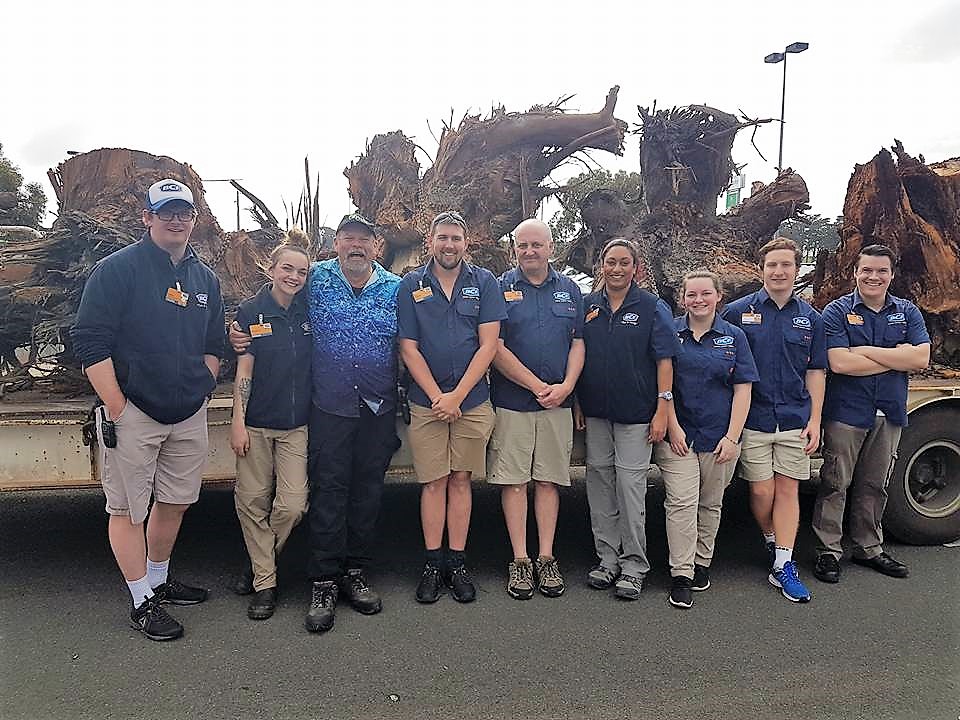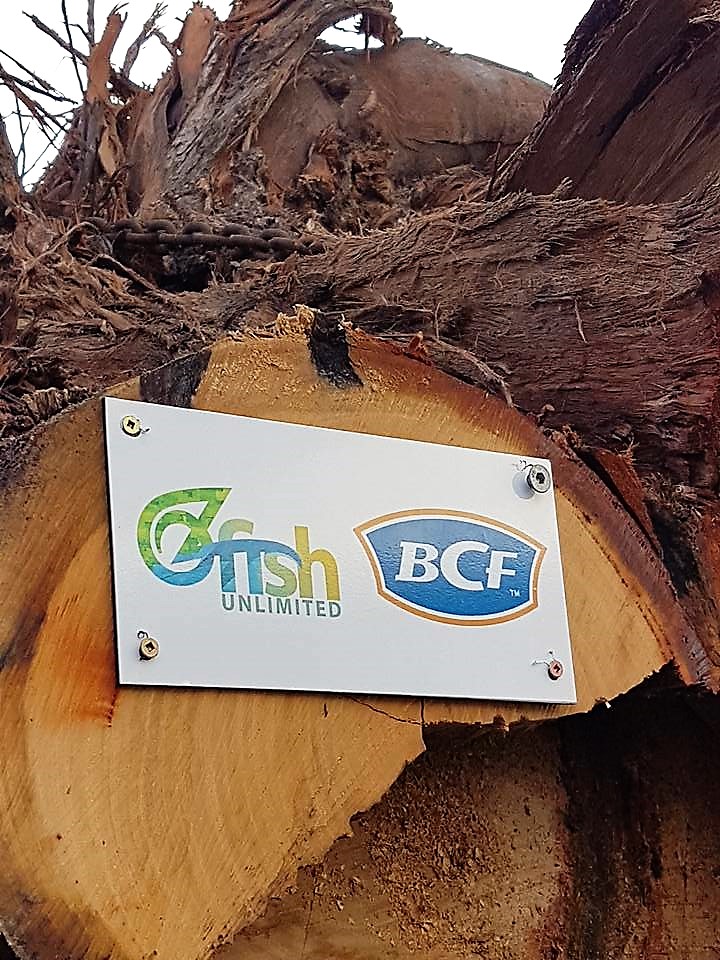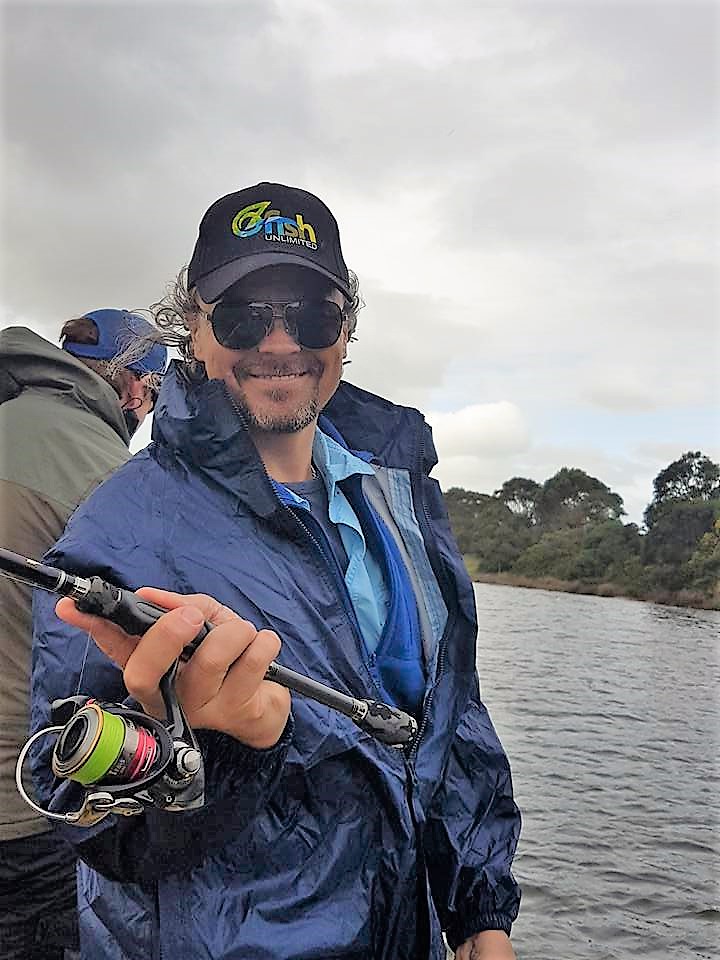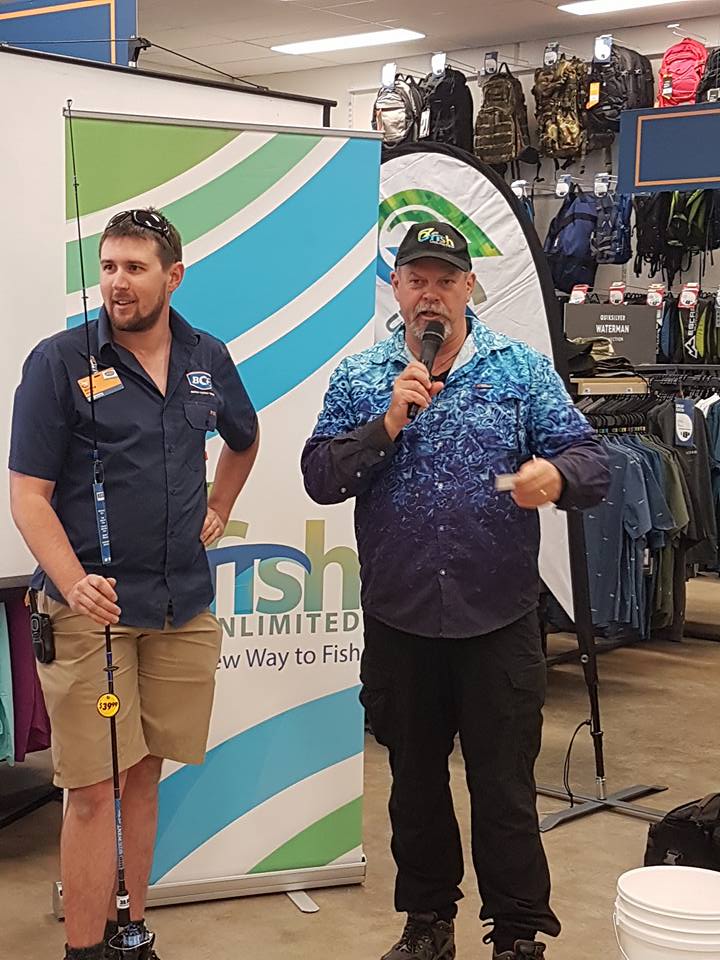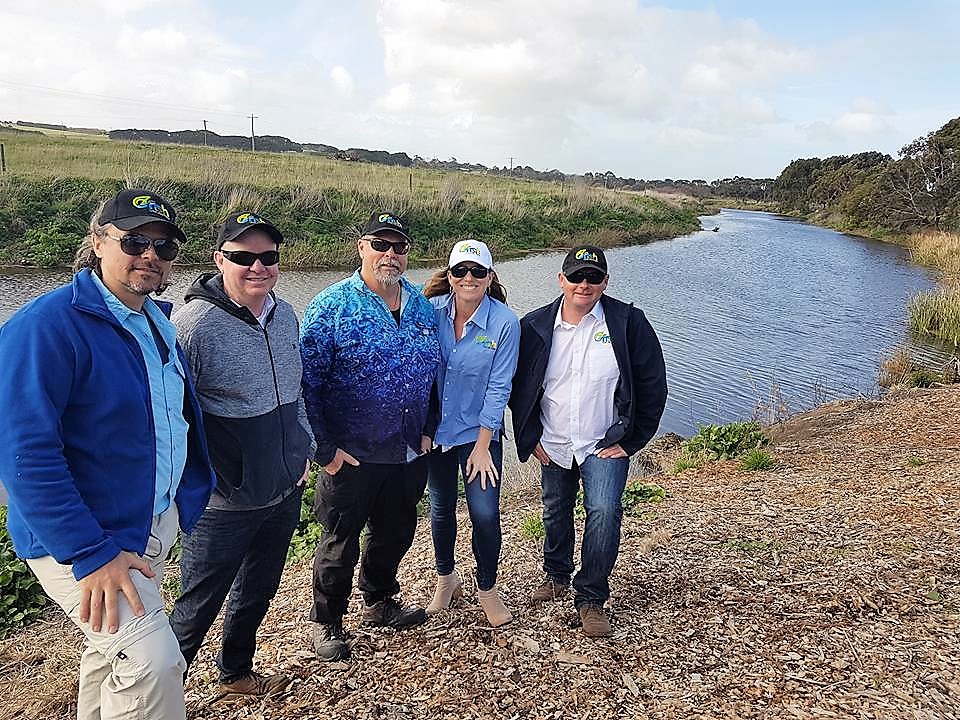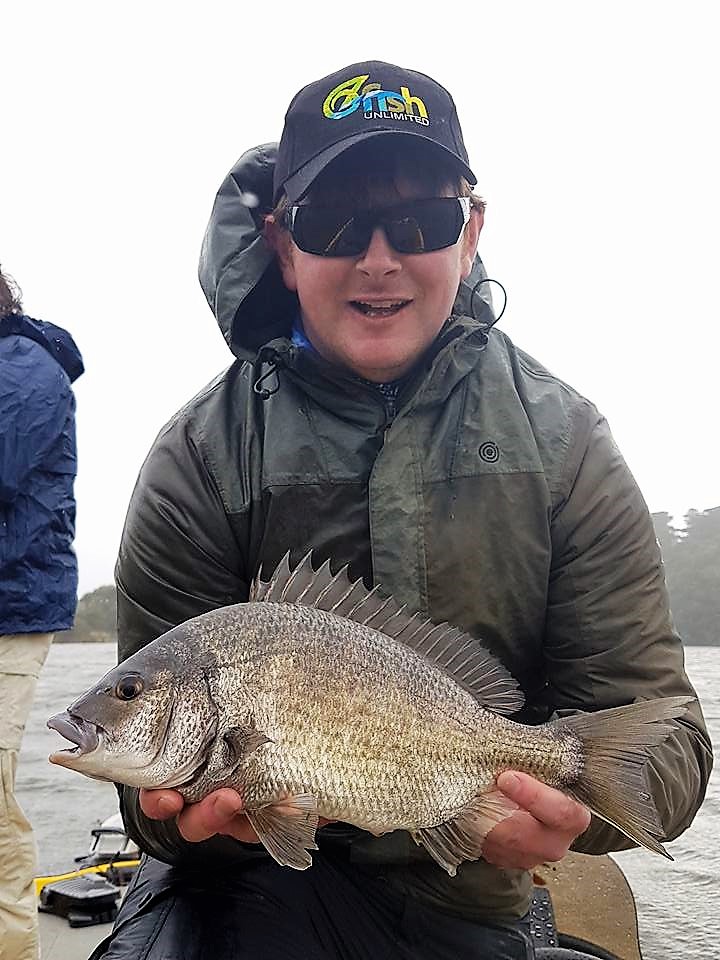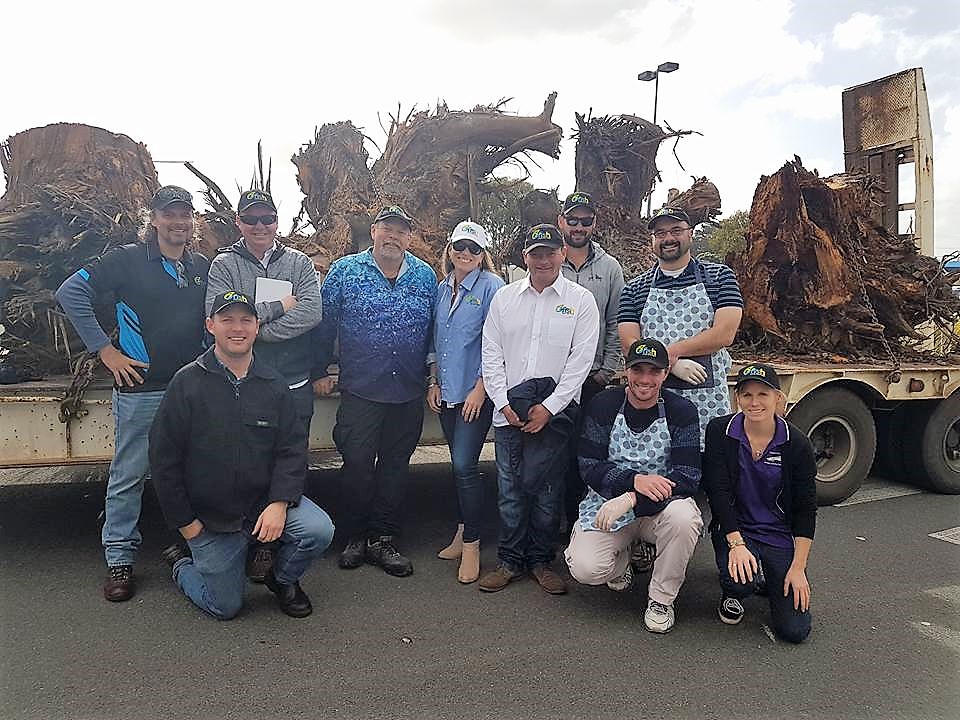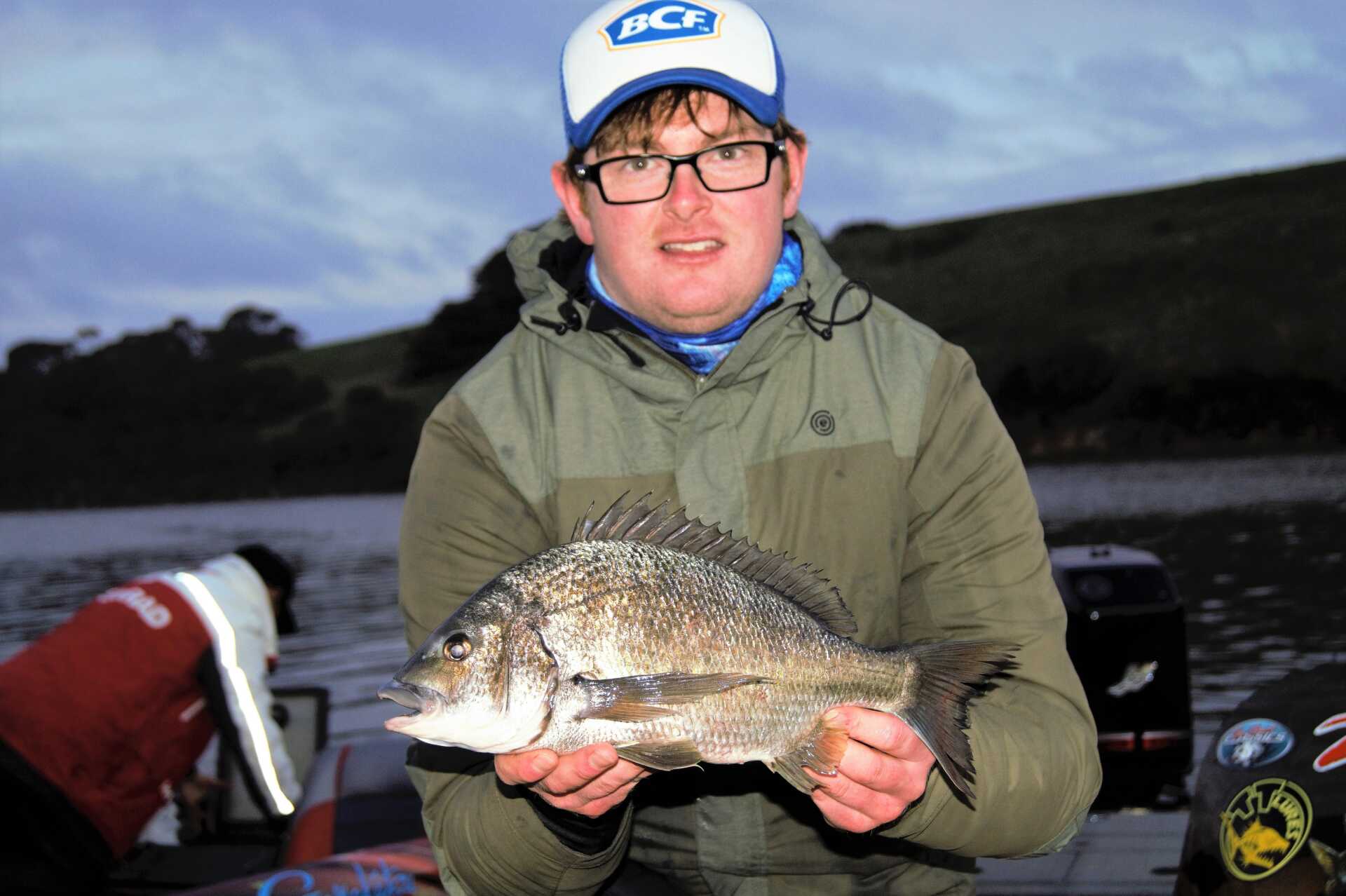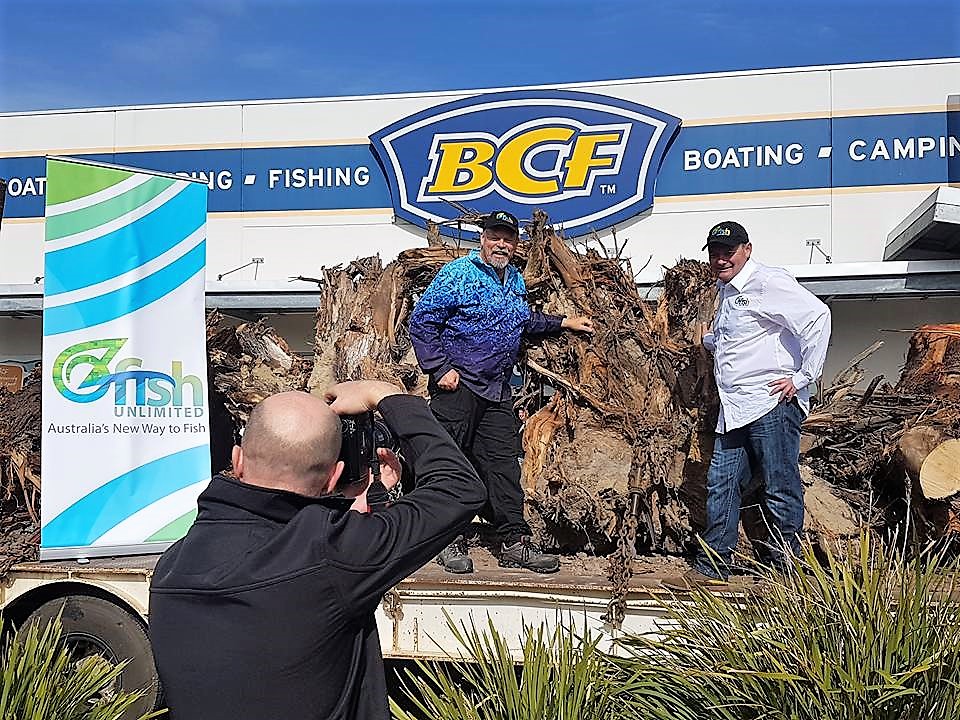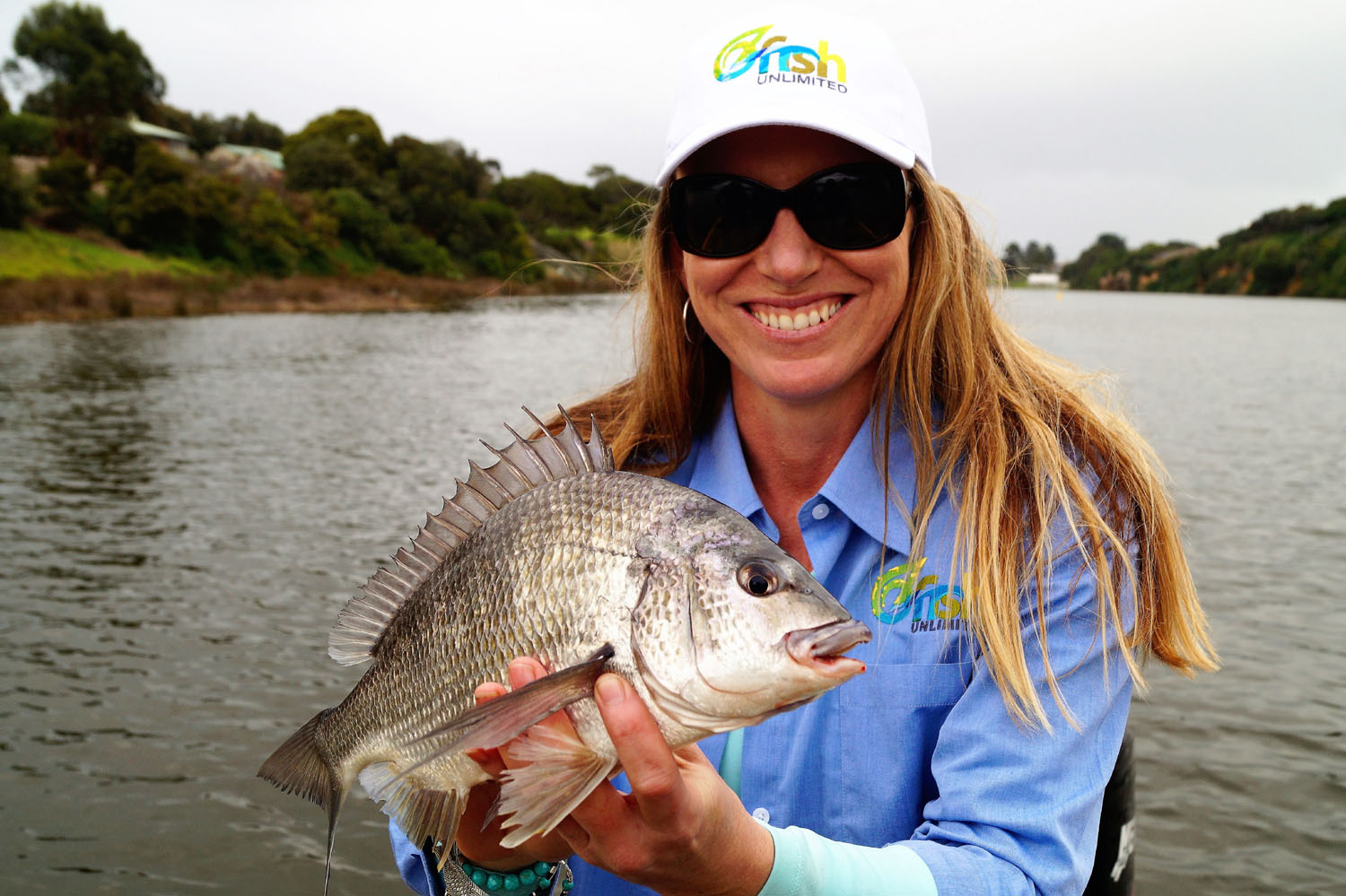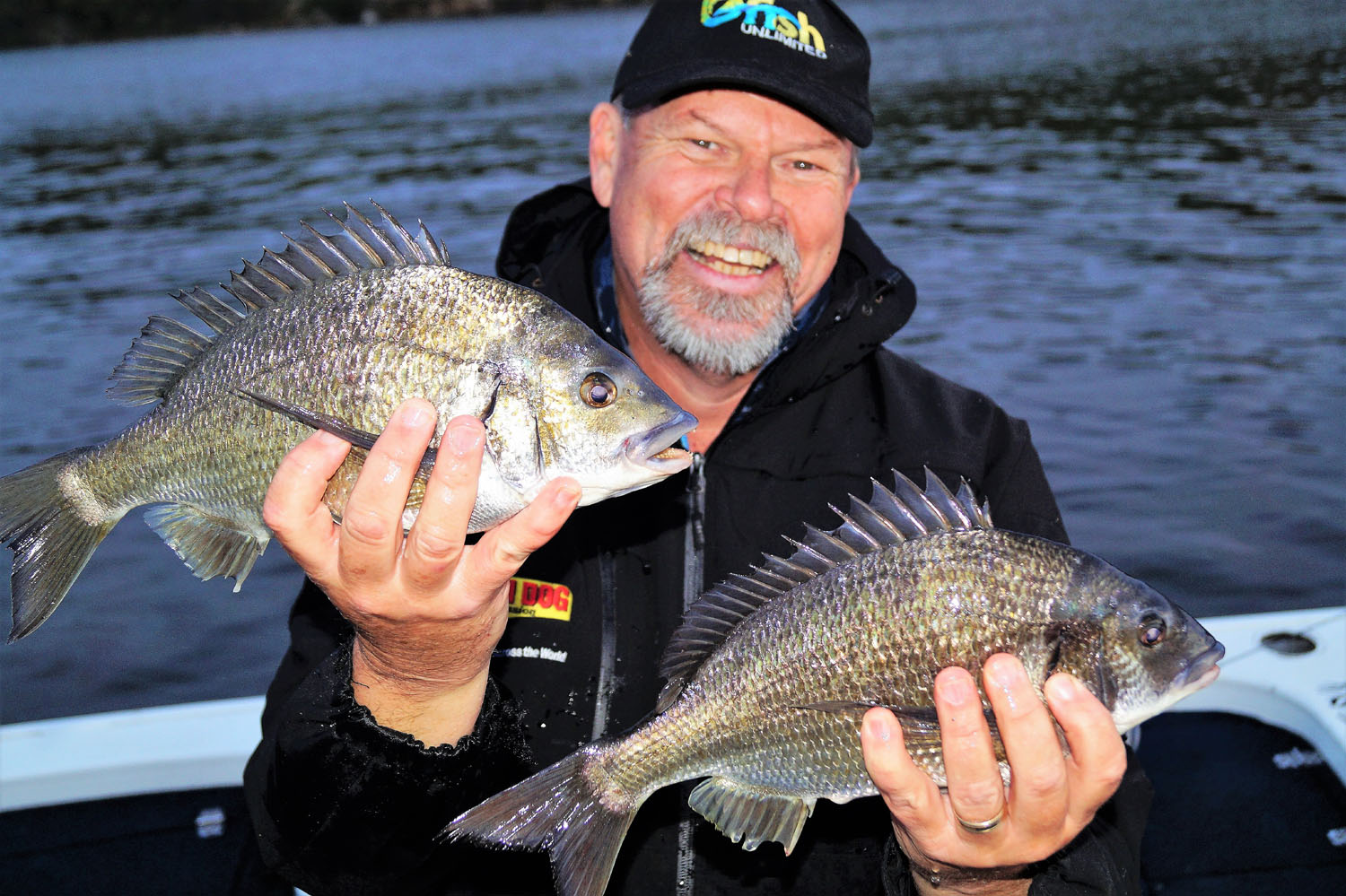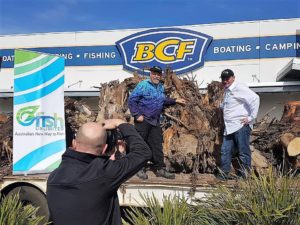
Since European settlement river banks across Australia have been cleared of vegetation to make way for agriculture. Snags or in-stream woody debris has also historically been removed to allow for easy boating passage. The restoration of this type of habitat has been identified as a key factor in improving fish stocks.
Structure such as this can literally be the foundations of the food chain. The snags provide a surface for algae and other organisms to attach themselves. These organisms attract other small fish, which in turn attracts larger predators. The snags will also help prevent erosion by slowing water flow and holding the river substrate together.
It was fantastic to see such enthusiasm for the project in the local community. BCF Warrnambool were kind enough to help fund the project and hosted a promotional day of the event. OzFish ambassador Steve ‘Starlo’ Starling was there to address the masses on the importance of fish habitat restoration. Local ecologist Lauren Veale made a presentation on the life-cycle of the mulloway and explained what healthy habitat means to the species. A sausage sizzle fueled the punters and there was a raffle and a snag naming competition on the day. And of course many BCF staff and OzFish members seized the opportunity to go fishing with Starlo in the afternoon!
The whole event has been a huge success story from a number of different angles. OzFish SW Victoria Chapter have proved themselves to be the real movers and shakers of fish habitat restoration in their part of the country. BCF have also proven their commitment to the environment and conservation of fisheries. Of course the biggest benefactors will be the fish, birds, platypus and all the organisms that can now thrive in their newly rehabilitated habitat.
Click here to read Part 2 of the story.

